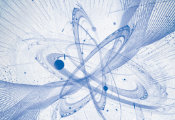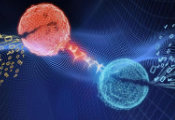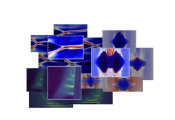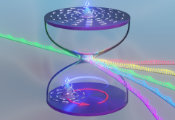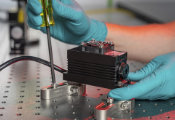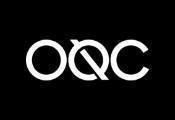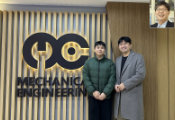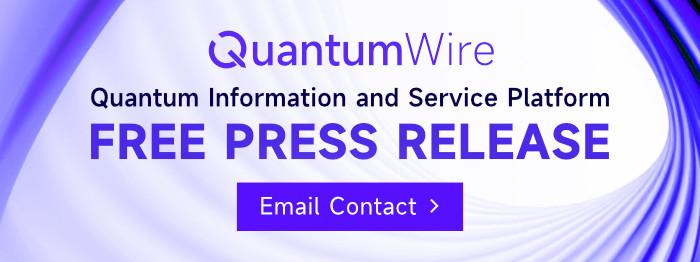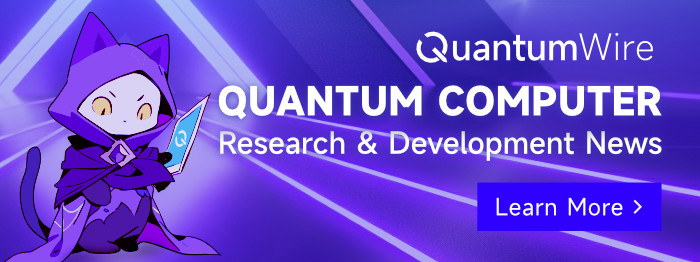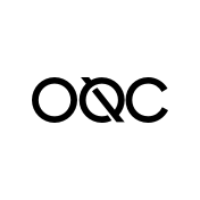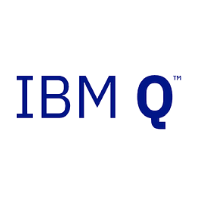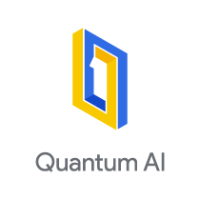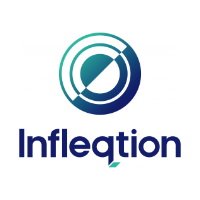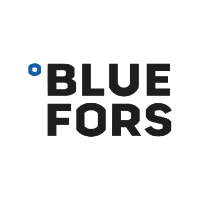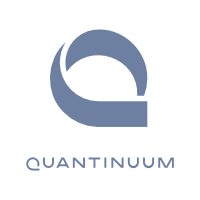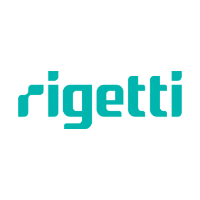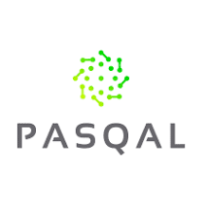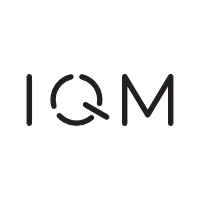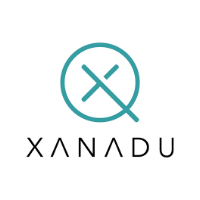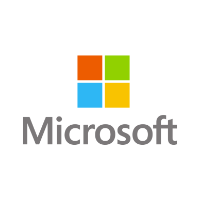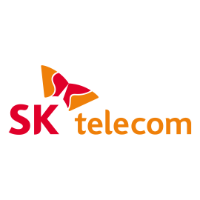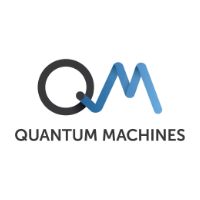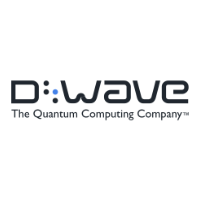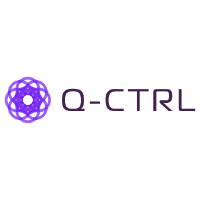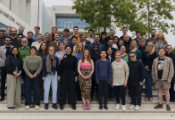QuEra and Collaborators Unveil Breakthrough in Algorithmic Fault Tolerance for Quantum Computing, Cutting Runtime Overheads and Accelerating the Path to Real-World Applications
BOSTON, MA, September 24, 2025 -- QuEra Computing, the leader in neutral-atom quantum computing, today announced that Nature has published “Low-Overhead Transversal Fault Tolerance for Universal Quantum Computation,” a paper prepared in collaboration with Harvard and Yale. The research introduces Algorithmic Fault Tolerance (AFT), a new framework that drastically reduces the time overhead of error correction in quantum algorithms.
Neutral atoms have emerged as the leading mature contender to fulfill the tantalizing promise of quantum computing. By using individual atoms as qubits – all perfectly identical – neutral atom computers with large numbers of qubits are significantly easier to build than alternative approaches. The flexibility of rearranging atoms at will allows for new quantum error correction approaches and more efficient algorithms. HPC managers considering neutral-atom deployments also delight in the fact that these computers operate at room temperature and do not require expensive and complex cryogenic cooling systems. These are structural advantages of neutral atoms, inherent to the physics of the platform, and they underpin the scalability and practicality of this approach.
A common concern with neutral-atom quantum computing is that operations are slower due to qubit shuttling. The new fault tolerance framework shows that the flexible connectivity of neutral atoms can speed up execution of logical algorithms, leading to competitive runtimes—while retaining advantages in scalability, connectivity, and deployment simplicity.
Quantum error correction (QEC) safeguards fragile quantum information by encoding a single logical qubit into many physical qubits; the resilience of that encoding is captured by the code distance (d), the smallest number of physical errors that could cause a logical error. Raising d makes logical errors exponentially rarer, but in standard schemes it also forces hardware to spend roughly d extra clock cycles per gate on repeated “syndrome-extraction” checks, ballooning runtime.
The newly accepted Nature paper introduces Transversal Algorithmic Fault Tolerance (AFT)—a framework that reshapes how quantum computers detect and repair errors. AFT proves that for a broad class of quantum-error-correcting codes—including the popular surface code—one can safely execute each logical layer with just one extraction round (instead of d rounds) by combining two ideas:
- 1. Transversal operations. Logical gates are applied in parallel across matched sets of qubits so that any single-qubit error remains local and cannot cascade through the circuit, simplifying detection and correction.
- 2. Correlated decoding. Instead of treating each syndrome round in isolation, a joint decoder digests the pattern of all relevant measurements, ensuring logical error rates decay exponentially with d. This result builds upon previous work from Harvard and QuEra, (“Correlated Decoding of Logical Algorithms with Transversal Gates”).
By combining transversal operations and correlated decoding, AFT ensures that logical error rates still decay exponentially while cutting runtime overhead by a factor of d—often around 30 or higher in simulations. When mapped onto reconfigurable neutral-atom architectures, this approach enables 10–100× reductions in execution time for large-scale logical algorithms.
To illustrate the practical implications, a companion peer-reviewed paper, Resource Analysis of Low-Overhead Transversal Architectures for Reconfigurable Atom Arrays, applies this framework to Shor’s algorithm.
Why It Matters
Algorithmic fault tolerance as a game-changer: AFT shows how reconfigurable neutral-atom arrays can run error-corrected algorithms far more efficiently, transforming scalability prospects.
Concrete illustration via resource analysis: The companion study provides a worked example on Shor’s algorithm, demonstrating how fault-tolerance advances translate into dramatic runtime reductions.
Urgency for stakeholders: These results emphasize the need for government, HPC leaders, and enterprises to account for the accelerating timeline of fault-tolerant quantum computing in strategic planning.
Guidance for Stakeholders
- Government & Standards Bodies: Prioritize neutral-atom approaches in capability assessments and continue supporting initiatives that scale error-corrected architectures aligned with national quantum roadmaps.
- HPC Program Leads: Explore integration of neutral-atom accelerators into hybrid HPC workflows; benchmark feasibility for large-scale applications.
- CIOs & Enterprise Innovators: Recognize the shortened horizon for fault-tolerant quantum computing; accelerate planning and experimentation timelines.

